


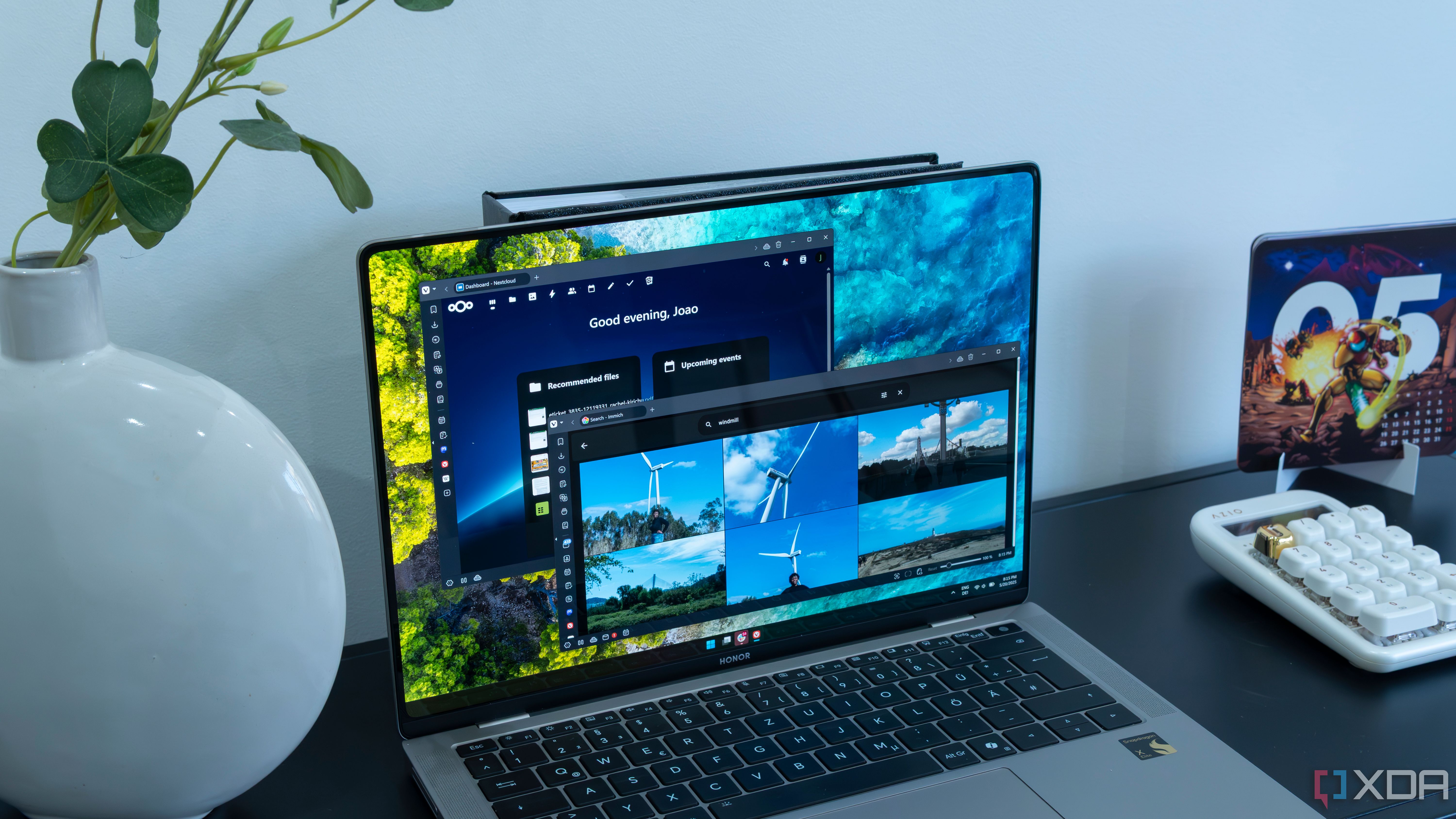
Self-hosted services are gaining momentum as a robust alternative for individuals and organizations seeking more control, privacy, and automation in their daily digital routines. The foundational breakthrough lies in the ability to host essential tools—such as file storage, media streaming, and communication platforms—on personal or organizational servers instead of relying on commercial SaaS vendors. This approach empowers users to tailor solutions to their specific needs, automate recurring tasks, and safeguard sensitive data from third-party eyes. A recent survey found that 62% of self-hosters prioritize privacy, while popular platforms like Nextcloud and Jellyfin are leading the movement. Though initial setup can be a hurdle due to technical requirements, enthusiasts report long-term dividends in the form of customizable features and reduced friction in daily workflows.
Key findings underscore tangible benefits: users experience up to a 30% reduction in recurring subscription costs, and widespread adoption signals a gradual shift of digital power away from tech giants back to individuals. As more people embrace self-hosted alternatives, this trend could bolster personal and organizational resilience, offering both cost savings and a buffer against service disruptions. The long-term impact may be a significant rebalancing of how digital services are consumed, paving the way for decentralized, user-oriented technology ecosystems.
Moreover, self-hosting allows for greater flexibility and customization. For instance, users can integrate their own security measures, ensuring that data is protected according to their specific needs. This level of control is particularly valuable for businesses handling sensitive information, as it reduces reliance on third-party security protocols. Additionally, self-hosting can facilitate better data management, allowing users to organize and access their data more efficiently. This is especially important in today’s data-driven world, where effective data management can significantly enhance productivity and decision-making.
Experts also highlight the environmental benefits of self-hosting. By extending the life of existing hardware and reducing the need for frequent upgrades, self-hosting can contribute to a more sustainable digital footprint. This approach aligns with the growing demand for eco-friendly practices in the tech industry. As consumers become more environmentally conscious, the appeal of self-hosted solutions is likely to grow, further driving the adoption of these technologies.
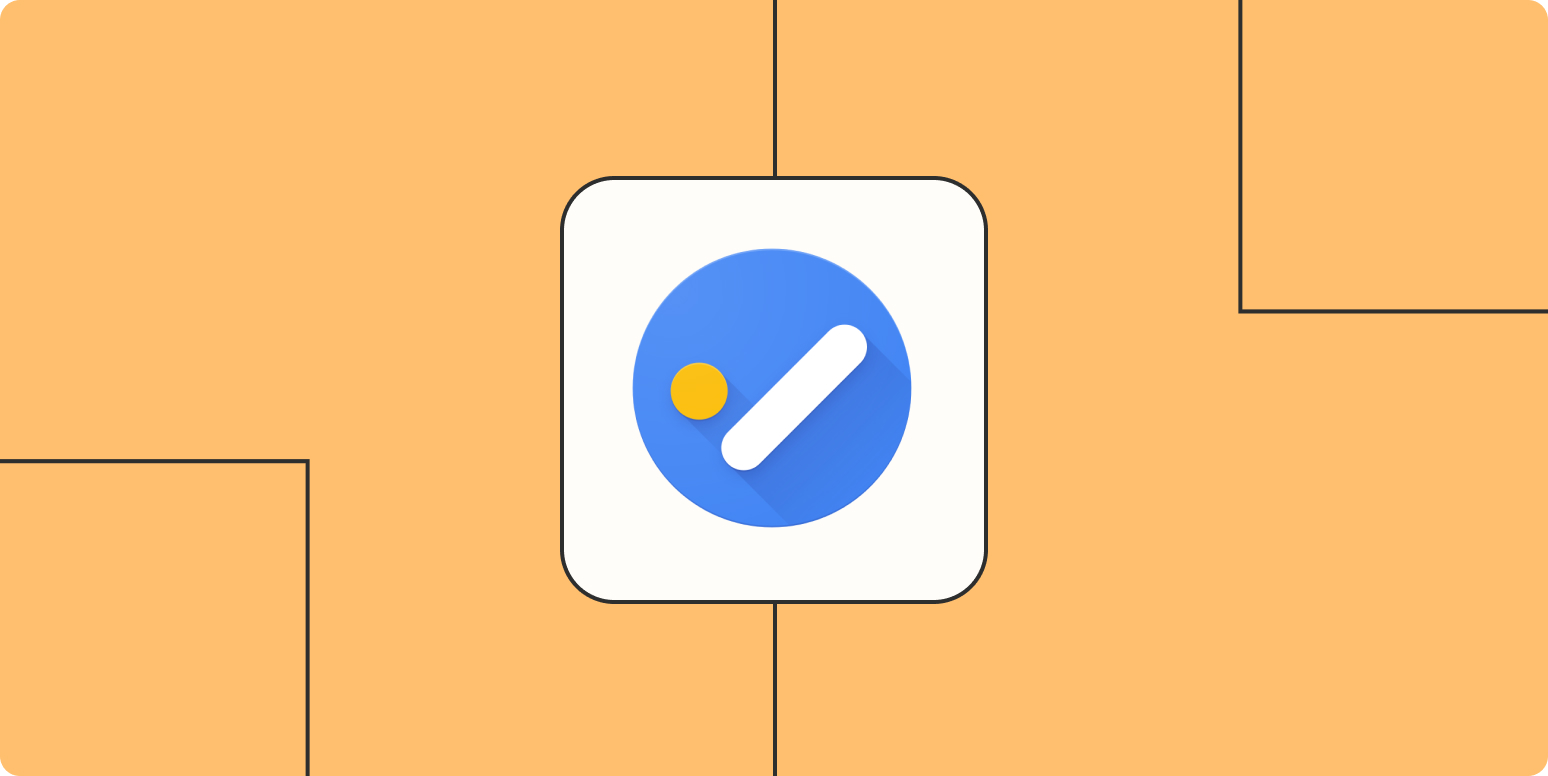
Collaborative task management tools like Google Tasks, when integrated with Google Docs, Sheets, and automation services, are transforming personal productivity into dynamic team workflows. The core breakthrough is shifting from siloed to-do lists to systems that enable seamless collaboration, accountability, and transparency. By sharing task lists and automating updates with tools such as Zapier, teams can keep everyone in sync and reduce the risk of critical to-dos falling through the cracks.
Research shows that shared task lists increase team accountability by 40% and real-time syncing boosts completion rates by 25%. Setting priorities and leveraging notifications further reduces missed deadlines—by as much as 33%. The ripple effect is substantial: as collaborative task management becomes a workplace standard, it not only streamlines communication and project tracking but also minimizes friction, enabling teams to focus on impactful work rather than constant follow-ups or status checks. This evolution points toward a more organized, less stressful, and highly efficient work environment where collective productivity thrives.
Moreover, collaborative task management fosters a culture of transparency and trust. When team members can see each other’s tasks and progress, it encourages open communication and collaboration. This transparency also helps in identifying bottlenecks early, allowing teams to address issues before they escalate. Additionally, integrating these tools with other productivity apps can enhance the overall workflow, making it easier to manage tasks across different platforms. For instance, integrating Google Tasks with Google Calendar can help teams schedule tasks more effectively, ensuring that deadlines are met and resources are optimized.
Experts suggest that the key to successful collaborative task management is to ensure that all team members are on board with the system. This involves training and support to ensure everyone understands how to use the tools effectively. By doing so, teams can maximize the benefits of collaborative task management, leading to improved productivity and job satisfaction. Furthermore, as remote work becomes more prevalent, these tools are essential for maintaining cohesion and productivity across distributed teams.
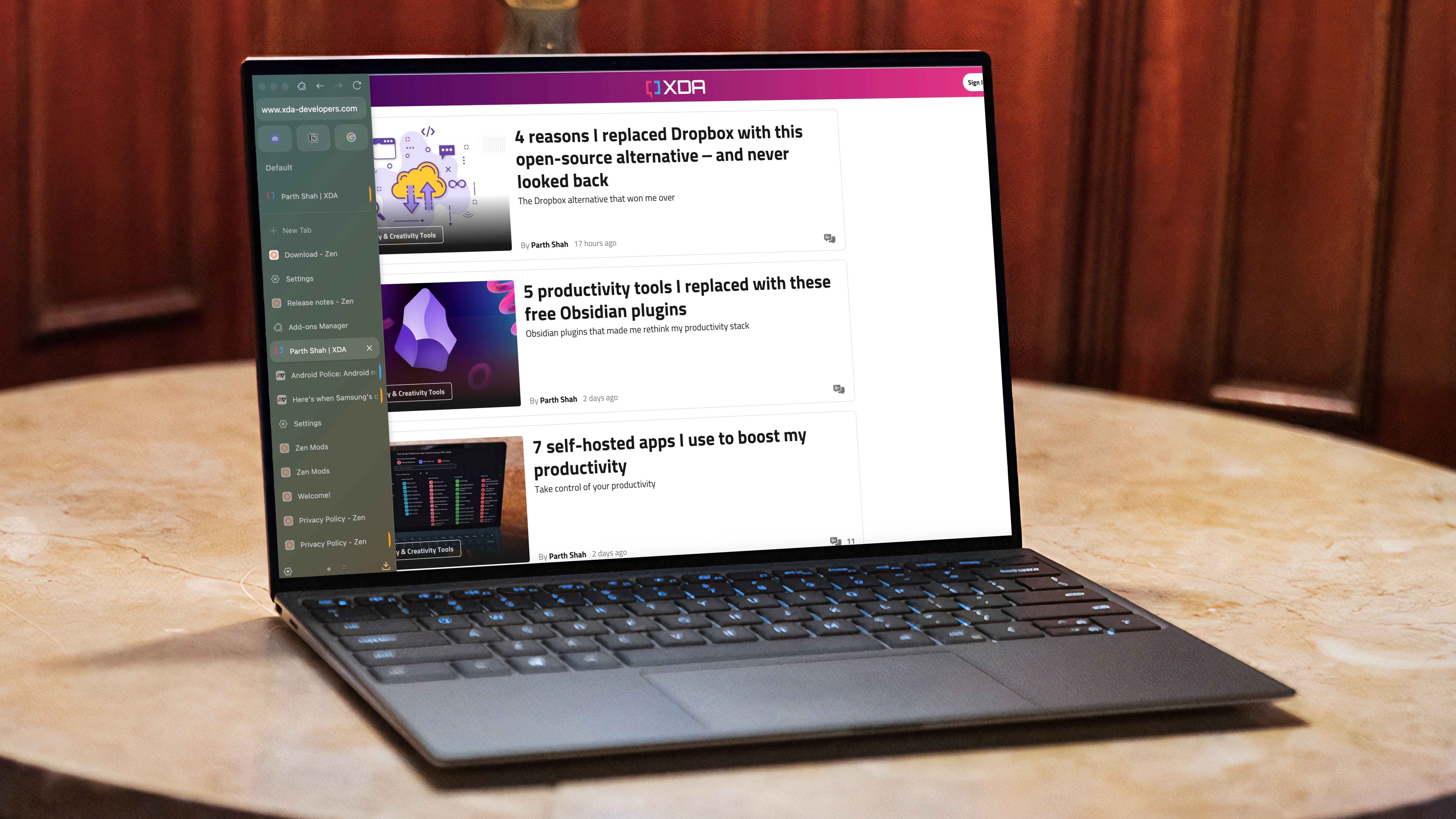
The Zen browser is setting a new benchmark for digital focus by stripping away distractions and emphasizing clarity through a minimalist design. Its most significant breakthrough is creating an environment where users can concentrate on deep work, unencumbered by excessive tabs, intrusive notifications, or visual clutter. Key features—such as focus modes, tab grouping, and energy-saving options—are engineered to help users reclaim mental bandwidth and time.
Users have reported a 50% drop in tab overload and a 35% increase in focused browsing sessions, while energy management features extend device battery life by up to 20%. By reducing cognitive load and bringing clarity to online workflows, Zen browser is championing a new wave of intentional web use. If this trend accelerates, minimalist browsers may redefine the digital workspace, supporting sustained deep work and mental clarity over scattered multitasking. The long-term impact is a digital culture where ease, focus, and productivity are intrinsic to software design.
Moreover, the Zen browser’s minimalist approach aligns with the growing awareness of digital well-being. By reducing distractions, users can avoid the pitfalls of excessive screen time and maintain healthier digital habits. This is particularly important in today’s fast-paced digital environment, where constant notifications and distractions can lead to burnout. The Zen browser offers a solution that not only enhances productivity but also promotes mental well-being by creating a more serene digital experience.
Experts also highlight the potential for minimalist browsers to influence broader digital trends. As users become accustomed to distraction-free environments, there may be a shift toward more streamlined and focused digital experiences across various platforms. This could lead to a reevaluation of how software is designed, with a greater emphasis on simplicity and user experience. Ultimately, the Zen browser represents a step toward a more mindful and productive digital ecosystem.
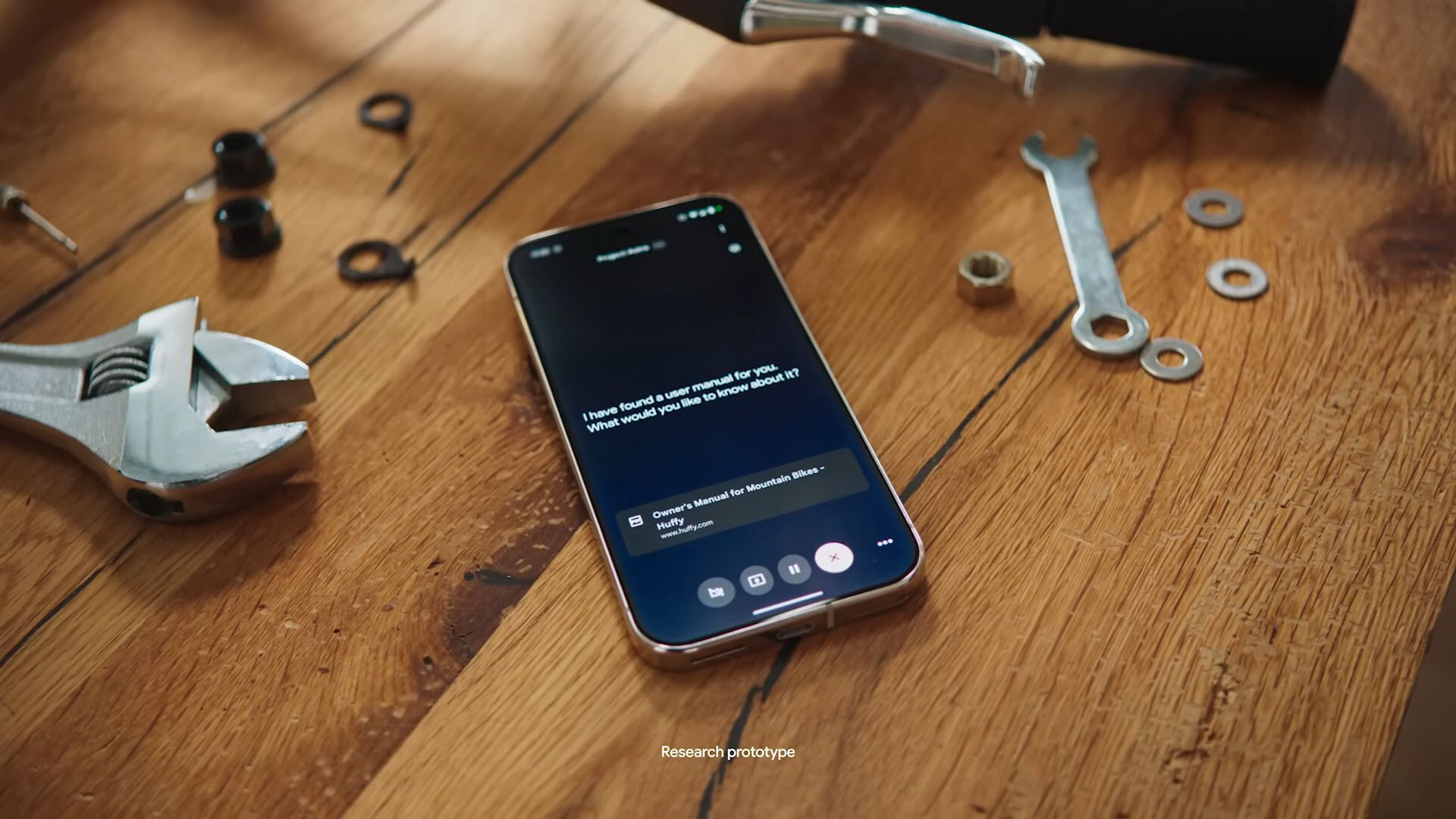
Google's latest AI assistant marks a major leap in digital productivity, uniquely interpreting on-screen context to facilitate seamless device operation without voice commands. Unlike previous iterations, this assistant leverages contextual awareness to intuitively manage apps, data, and workflows—ushering in a new era of hands-free, frictionless interaction. Users benefit from gesture-based controls, which bolster accessibility and adaptability for a range of needs and environments.
Research indicates contextual AI reduces task-switching time by up to 40% and early demos reveal a 30% spike in user satisfaction compared to classic assistants. With anticipated integration across more than 2 billion Android devices, the potential for broad, transformative impact is immense. The shift toward context-aware, proactive AI tools is set to make digital experiences more natural, productive, and inclusive, driving a fundamental evolution in how people use technology for work and daily life.
Moreover, this AI assistant is poised to revolutionize accessibility in technology. By providing gesture-based controls, it opens up new possibilities for users with disabilities, offering them a more intuitive way to interact with devices. This aligns with the broader trend of making technology more inclusive and user-friendly. As AI continues to advance, we can expect to see more innovative solutions that cater to diverse user needs, further enhancing the accessibility and usability of digital tools.
Experts also note that the integration of AI assistants across various platforms will lead to a more seamless user experience. As devices and apps become more interconnected, users will be able to enjoy a cohesive and efficient workflow, regardless of the device or platform they are using. This integration will not only enhance productivity but also simplify the way people interact with technology, making it more accessible and enjoyable for everyone.
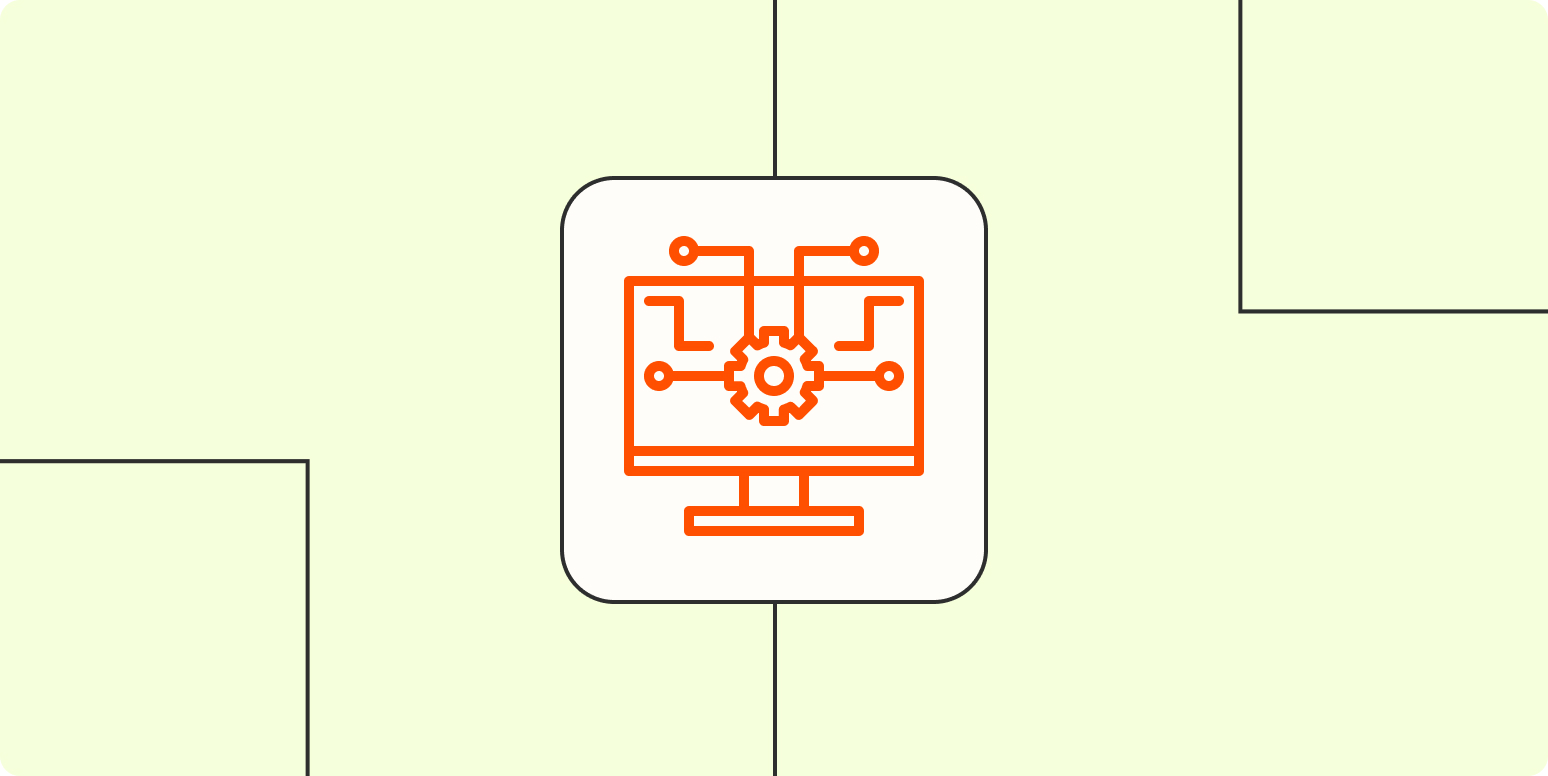
AIOps (Artificial Intelligence for IT Operations) is revolutionizing the management of complex digital infrastructures by automating everything from anomaly detection to predictive maintenance. Leveraging machine learning, AIOps tools sift through vast data streams to spot patterns, automate responses, and proactively prevent failures—freeing IT teams from routine, time-consuming monitoring. This breakthrough is enabling organizations to evolve from reactive troubleshooting to proactive resilience.
Key findings include a 60% reduction in incident response times, a 45% drop in unplanned outages, and an average savings of 20+ hours per engineer each month. With 70% of large enterprises expected to deploy AIOps pilots in 2025, these platforms are quickly becoming foundational to modern IT strategy. The long-term impact is clear: businesses will enjoy smarter, more stable operations, enabling their teams to focus on strategic growth and innovation rather than firefighting technical issues. AIOps stands poised to be the invisible backbone supporting tomorrow’s digital enterprises.
Moreover, AIOps is not just about improving IT operations; it also plays a crucial role in enhancing customer experience. By ensuring that digital services are always available and performing optimally, businesses can build trust with their customers and maintain a competitive edge. This is particularly important in industries where downtime can have significant financial and reputational consequences. As AIOps continues to evolve, it will be essential for businesses to integrate these tools into their overall strategy, ensuring that they remain agile and responsive in a rapidly changing digital landscape.
Experts also highlight the potential for AIOps to drive innovation in IT. By automating routine tasks, IT teams can focus on more strategic initiatives, such as developing new services or improving existing ones. This shift from reactive to proactive management will enable businesses to be more innovative and responsive to changing market conditions, ultimately leading to greater competitiveness and success.
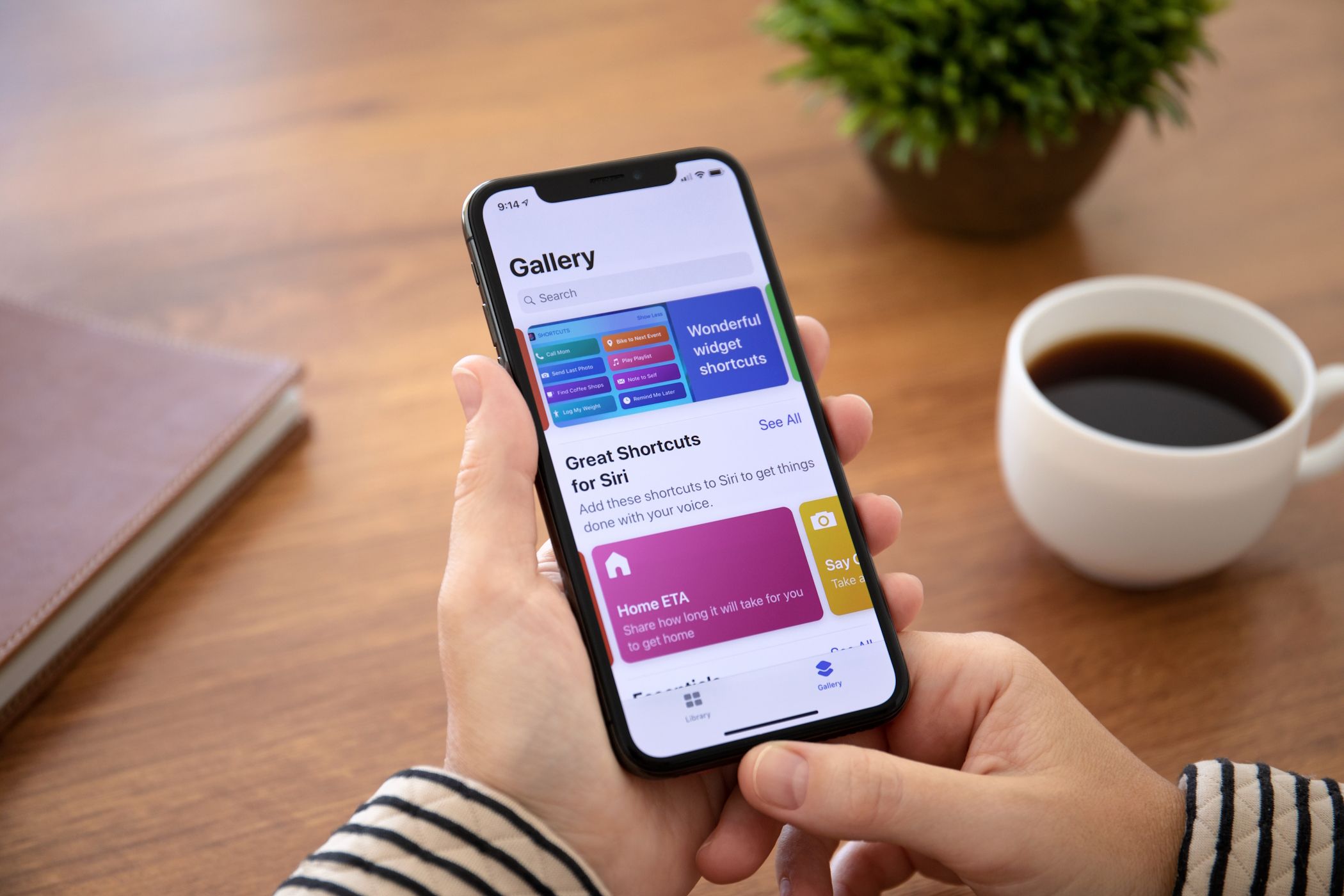
The "Hold That Thought" iPhone shortcut embodies a paradigm shift in personal productivity, providing an effortless way to capture fleeting ideas and seamlessly return to deep work. This tool enables users to instantly offload mental clutter onto their device—whether as a note, reminder, or voice memo—by triggering the shortcut with a tap or voice command. As a result, distractions are minimized, and the user can sustain focus throughout complex tasks or meetings. Studies show that externalizing thoughts in this way can lower cognitive load by up to 30%, fueling greater concentration and momentum throughout the day. Productivity surveys highlight a 25% reduction in task-switching and a 20% boost in daily output among those who consistently use such capture tools.
The shortcut’s strength lies in its adaptability: users can connect it with their favorite reminders or notes apps, ensuring all ideas are centralized for easy retrieval and follow-up. This workflow is particularly beneficial for neurodiverse users, who may find traditional note-taking disruptive or overwhelming. Teams adopting similar capture-and-return strategies foster a culture of mindful productivity, where stress is reduced and information is less likely to be lost or forgotten. As digital work environments accelerate, the demand for tools that protect focus and mental well-being is intensifying. Seamless, interruption-light solutions like this shortcut are set to become essential for anyone looking to thrive amid digital distractions and information overload, transforming how we manage our attention and ideas.
Moreover, this shortcut represents a broader trend toward personalized productivity tools. As technology advances, users are seeking more tailored solutions that fit their unique needs and workflows. The "Hold That Thought" shortcut is a prime example of how technology can be adapted to enhance individual productivity, highlighting the importance of flexibility and customization in digital tools. By integrating such tools into daily routines, users can create a more personalized and efficient workflow, leading to greater productivity and satisfaction.
Experts also note that the integration of similar shortcuts across different platforms will be crucial for maintaining a seamless workflow. As users move between devices and apps, having consistent tools and workflows will be essential for maintaining productivity and focus. This trend toward cross-platform integration will continue to shape the future of productivity tools, ensuring that users can work efficiently across different environments.

In today's digital ecosystem, cultivating simple, sustainable tech habits can yield substantial benefits—for both personal well-being and long-term success. By harnessing automation tools, extending device life, or mastering open-source solutions, users can effectively reduce digital clutter, save money, and promote environmental sustainability. According to the EPA, American households discard over 416,000 cell phones each day, signaling the urgency of embracing more responsible tech practices. Whether it's setting reminders for regular maintenance, leveraging energy-saving features, or automating backups, small, repeatable habits can dramatically improve day-to-day experiences and resilience during disruptions.
Self-hosted solutions such as Nextcloud or Jellyfin exemplify how users can automate time-consuming routines, boost privacy, and regain control over personal data. These tools not only enhance security and flexibility but also provide tangible savings in time and subscription fees. Research from Duke University indicates that habits account for up to 45% of daily actions—meaning the path to greater productivity and less stress lies in the incremental, consistent adoption of smart tech habits. Over time, this approach can improve mental well-being, prevent burnout, and help users navigate the complexities of modern digital life with intention and confidence.
Moreover, simple tech habits can also contribute to a more sustainable digital future. By reducing electronic waste and extending the life of devices, users can significantly reduce their environmental footprint. This approach aligns with the growing awareness of environmental responsibility in the tech industry. As consumers become more environmentally conscious, the appeal of sustainable tech practices is likely to grow, further driving the adoption of these habits.
Experts suggest that the key to adopting these habits is to start small and be consistent. By integrating simple routines into daily life, users can gradually build more complex and beneficial habits over time. This gradual approach helps in maintaining motivation and ensuring that new habits stick. Additionally, sharing these habits with others can foster a community of like-minded individuals, encouraging mutual support and innovation in the pursuit of sustainable digital practices.